Cold emailing remains a powerful tool for businesses to generate leads and boost revenue. But did you know that Gmail, a platform used by millions worldwide, offers unique features and advantages for gmail cold email campaigns? In this blog post, we will explore how Gmail can be the perfect companion for your cold emailing strategy and help you unlock its full potential.
We will guide you through setting up your Gmail account for gmail cold email, personalizing emails, following best practices, and even overcoming common challenges. Armed with this knowledge, you will be well-equipped to create successful gmail cold email campaigns and maximize your outreach efforts.
Key Takeaways
- Gmail is an ideal choice for cold email campaigns due to its user-friendly interface and high deliverability rates.
- Set up your Gmail account with a professional email address, authentication records, and effective signature.
- Utilize best practices such as monitoring sending volume, avoiding spam triggers, scheduling emails at optimal times & integrating third party tools to maximize success in Gmail cold emailing campaigns.
Why Gmail for Cold Email Campaigns?
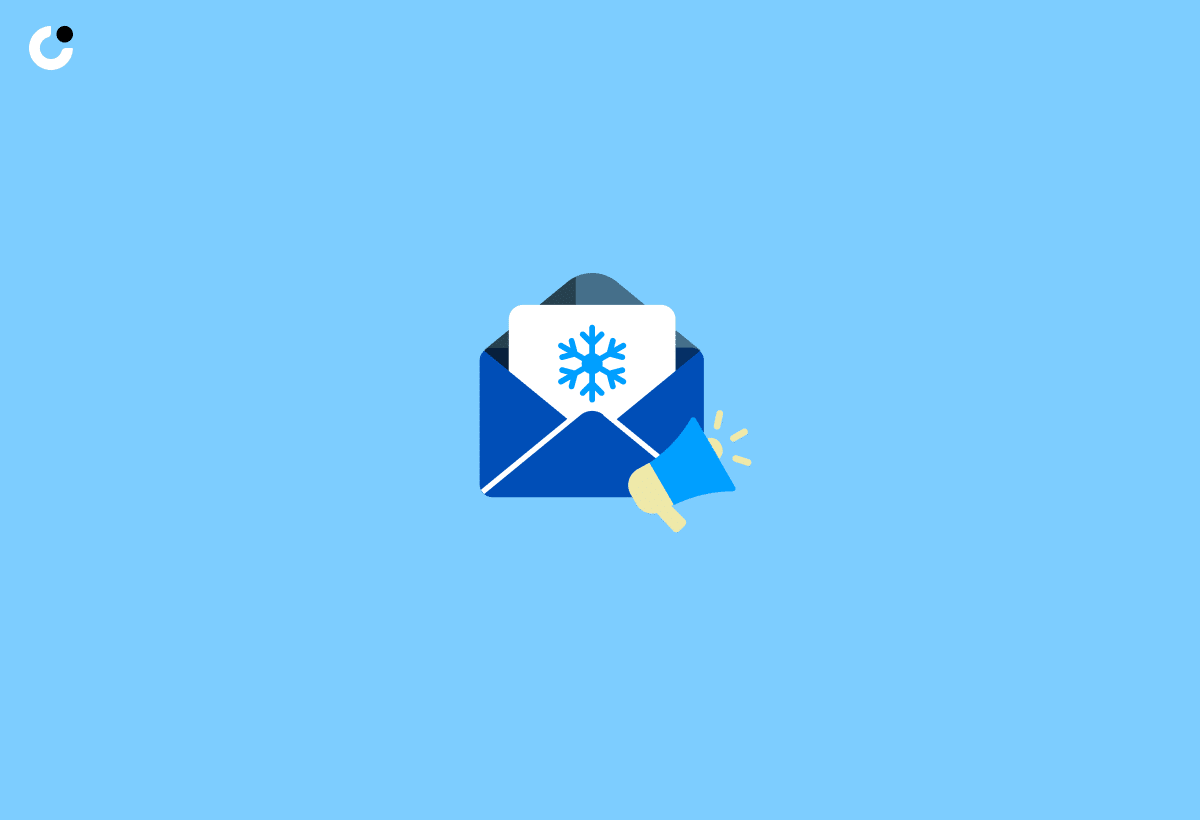
Gmail has become a popular choice for cold email campaigns, and its unique advantages make it stand out from other email providers. Here are some reasons why:
- User-friendly interface
- High deliverability rates
- Seamless integration with other Google services
- Reliable algorithms for detecting spam and phishing emails
- Compliance with email laws and regulations
These features help ensure that your cold emails reach the right people at the right time, establish trust with recipients, and maintain your sender reputation.
Although Gmail doesn’t offer native features for sending email sequences or scheduling, its compatibility with various third-party tools compensates for these limitations. Adherence to best practices and avoidance of spam triggers allows you to maximize Gmail’s potential in your cold email campaigns, leading to impressive outcomes.
Setting Up Your Gmail Account for Cold Emailing
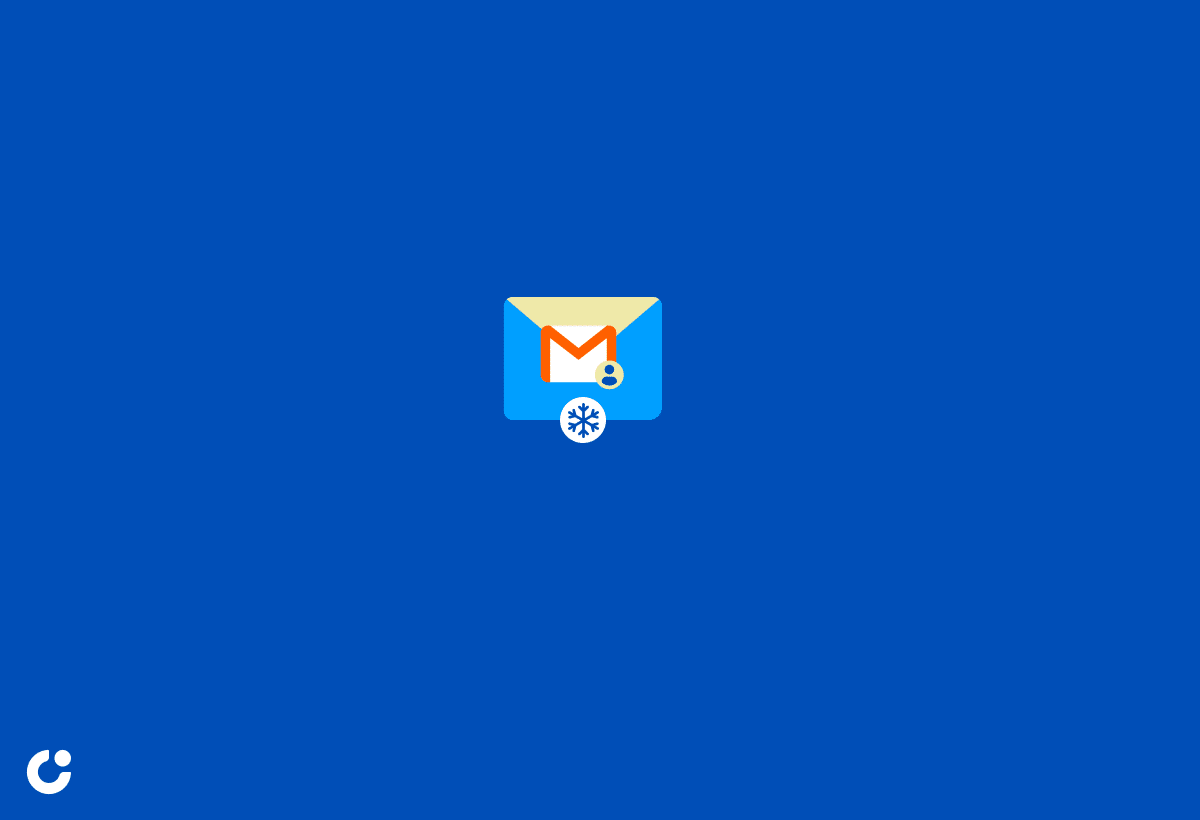
To set up your Gmail account for cold emailing success, you’ll need to focus on three key aspects: choosing a professional email address, configuring authentication records, and crafting an effective email signature. Properly setting up your Gmail account is crucial for establishing credibility and trust with recipients while maintaining high deliverability rates.
The subsequent sections will comprehensively cover each aspect, offering practical guidance and useful suggestions to optimize your Gmail account. With these best practices in place, you’ll be ready to launch successful cold email campaigns and reach your target audience effectively.
Choosing a Professional Email Address
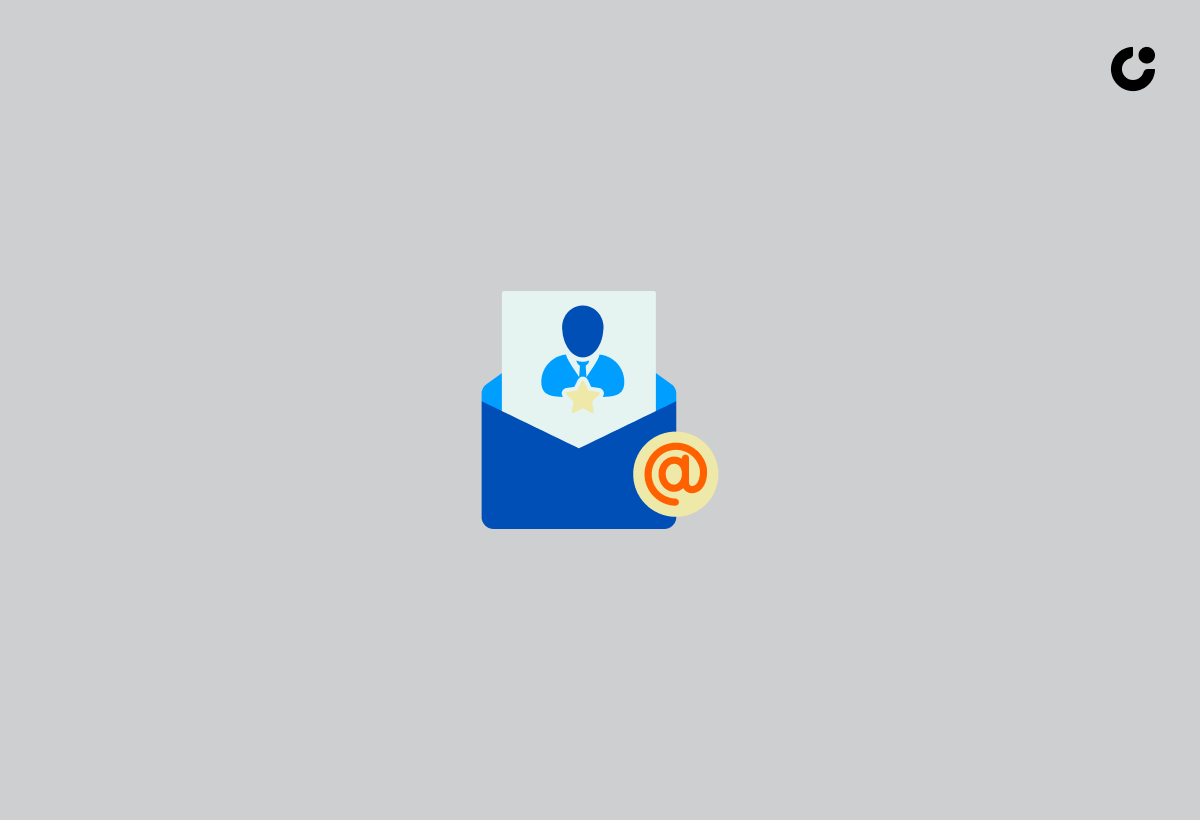
A professional email address is essential for creating a sense of credibility and trust with recipients. Consistent with your brand identity, a professional email address should use the same domain name as your website and include either your name or the name of your company. Use of a custom domain while sidestepping generic email providers will project professionalism and encourage recipients to engage with your emails. To achieve this, setting up an email account with your custom domain is highly recommended.
To select a professional email address, keep it simple, use your name or company name, and choose a custom domain that reflects your brand. Implementing these suggestions will significantly strengthen your cold emailing strategy, while boosting your credibility with prospective clients.
Configuring SPF, DKIM, and DMARC Records
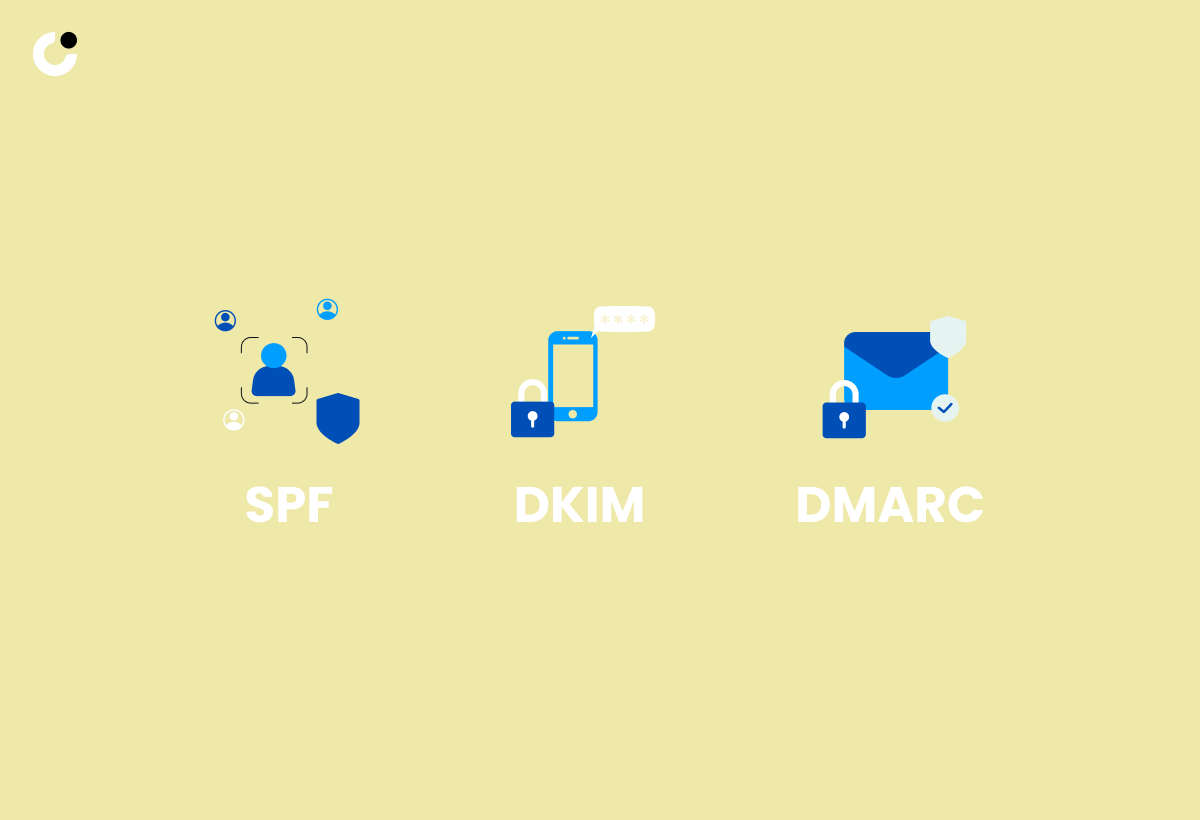
Email authentication is a critical aspect of cold emailing, as it establishes trustworthiness with email service providers (ESPs) and reduces the likelihood of your emails being marked as spam. Configuring SPF, DKIM, and DMARC records is essential for improving email deliverability and preventing spoofing.
To set up these records, you’ll need to generate TXT records for SPF and DMARC and a 2048-bit key for DKIM, adding them to your domain’s administrative console settings. Ensuring proper email authentication not only helps to maintain a positive sender reputation but also ensures that your cold emails reach the intended recipients.
Crafting an Effective Email Signature

An effective email signature is like a virtual business card, providing essential contact information and reinforcing your brand. A well-crafted email signature should contain basic contact information, including:
- Full name
- Job title
- Company name and address
- Contact numbers
- Social media handles
- Website address with a hyperlink
Crafting a professional, information-rich email signature guides recipients towards specific actions while reinforcing a professional image. Including a link to your calendar or a promotion can also encourage recipients to engage with you and prompt them to take the desired action.
Personalizing Your Cold Emails in Gmail
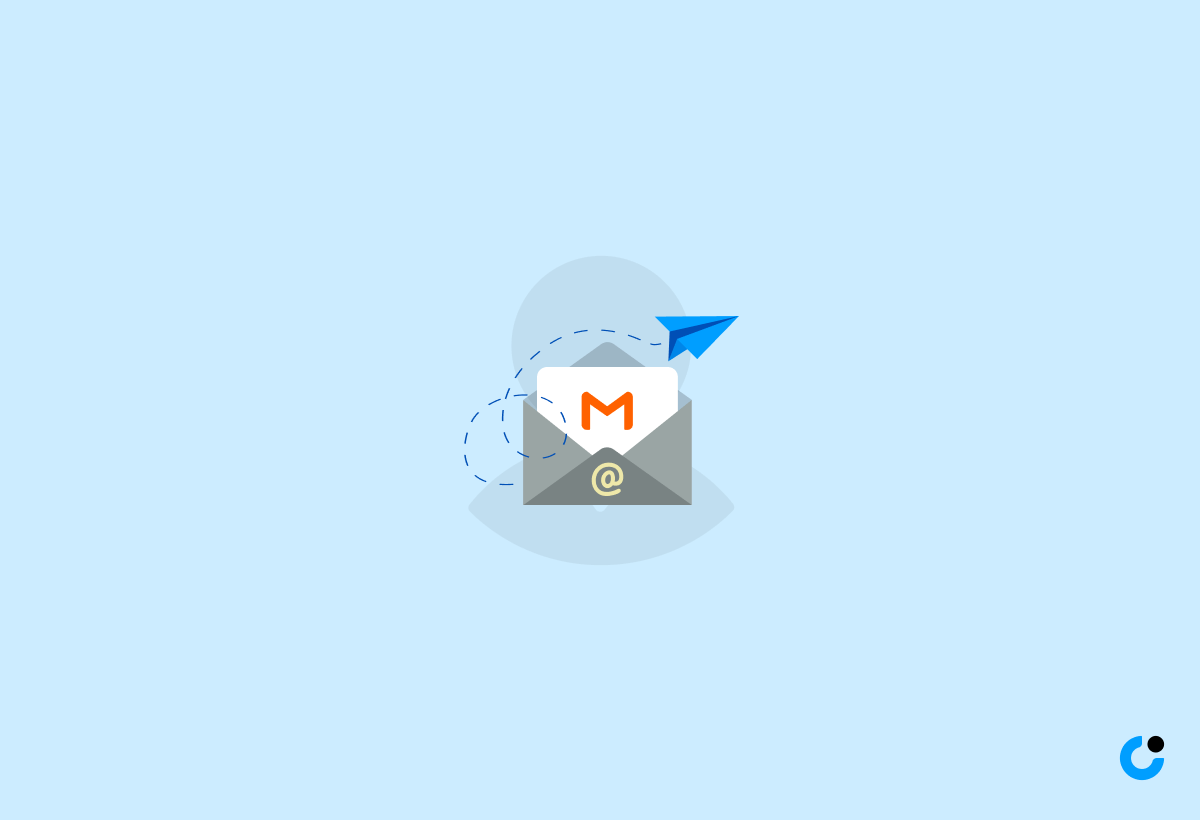
Personalization is a powerful tool for increasing engagement and response rates in your cold email campaigns. Tailoring your email content to match the recipient’s data and interests makes the experience more relevant and appealing for each individual.
Gmail offers various features and integrations that enable personalization, including mail merge and custom templates. In the next subsections, we’ll explore the benefits of these features and provide practical tips on how to utilize them to create personalized and effective cold emails.
Using Mail Merge Features
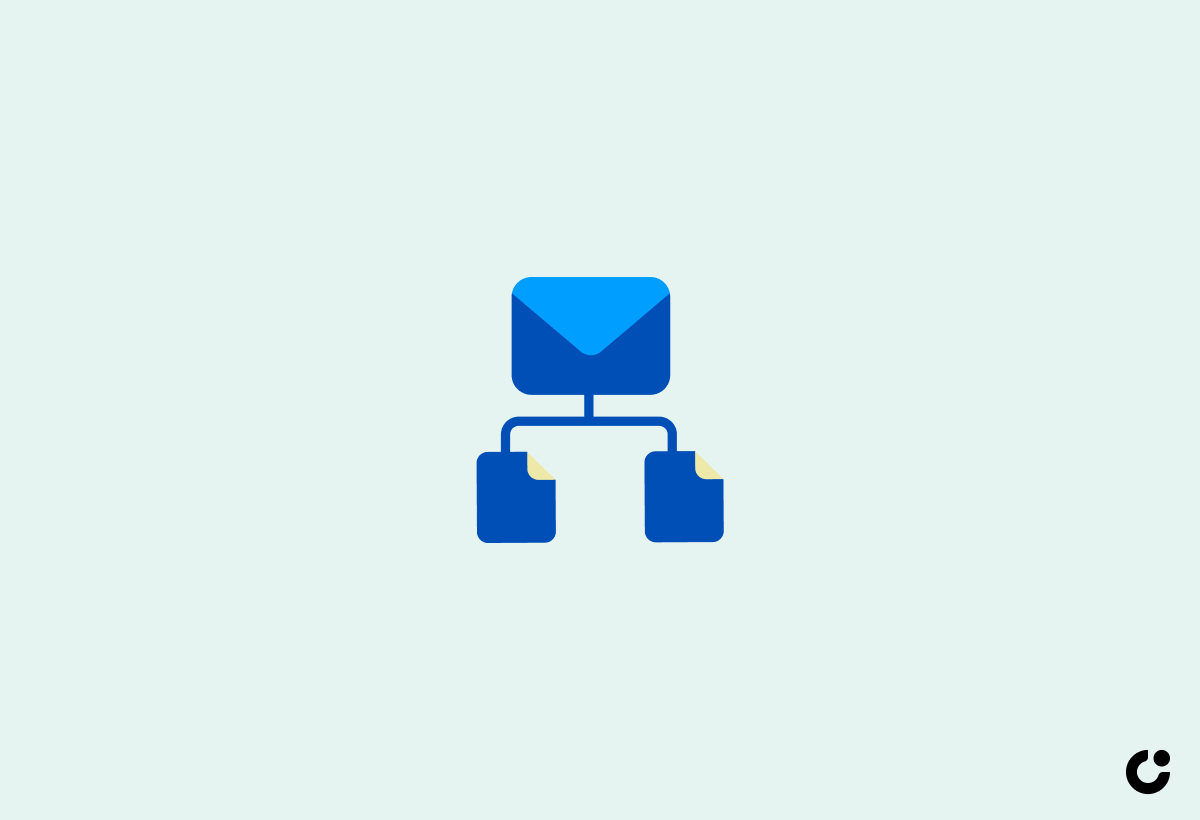
Mail merge is a valuable feature that allows you to customize email content efficiently. By inserting merge fields like the recipient’s name or company, you can tailor your emails to each recipient without having to compose each one separately.
Third-party tools such as GMass or Right Inbox can enhance Gmail’s mail merge capabilities, offering advanced features for personalization and scaling your cold email campaigns. Effective use of mail merge saves time and effort, enhancing the chances of recipient engagement.
Creating Custom Templates
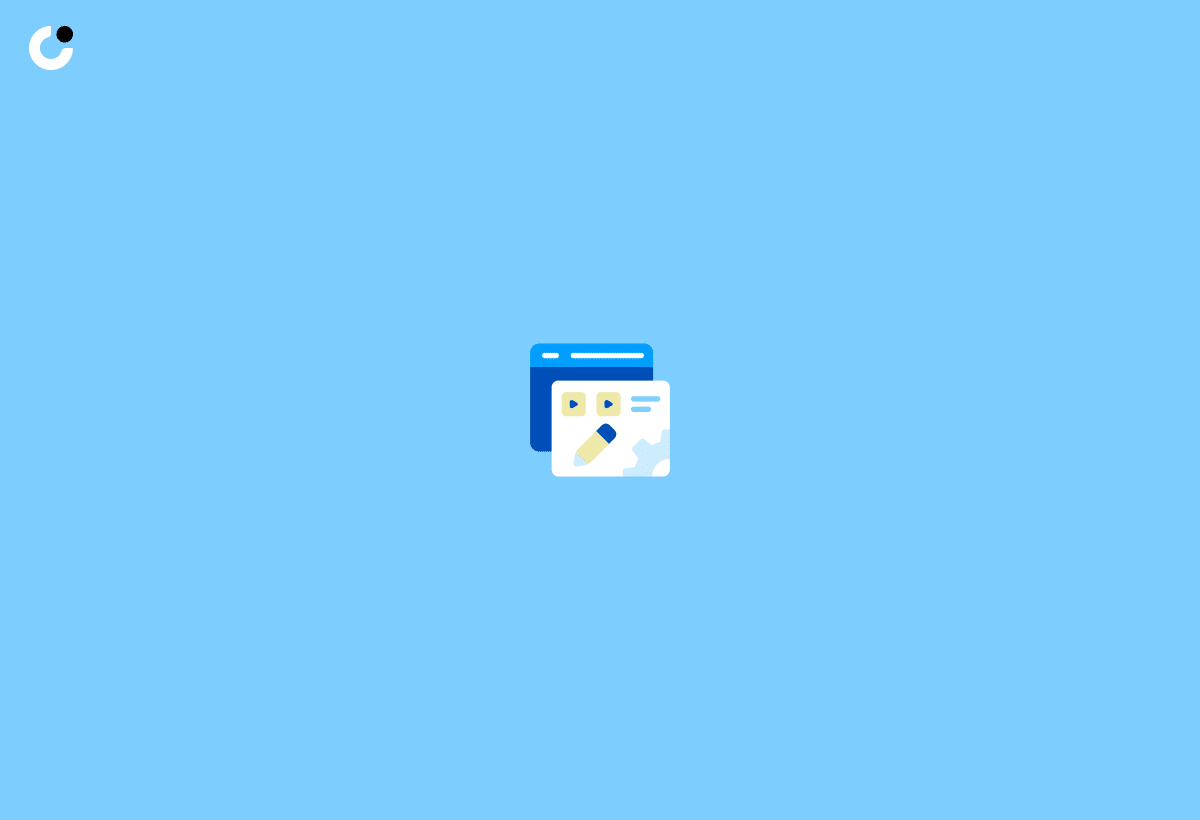
Custom templates are pre-written emails that can be easily tailored to each recipient, helping you manage time and ensure consistency across campaigns. Creating custom templates allow for swift adaptation of emails for different segments of your contact list, maintaining personalization and quality.
Best Practices for Cold Emailing with Gmail
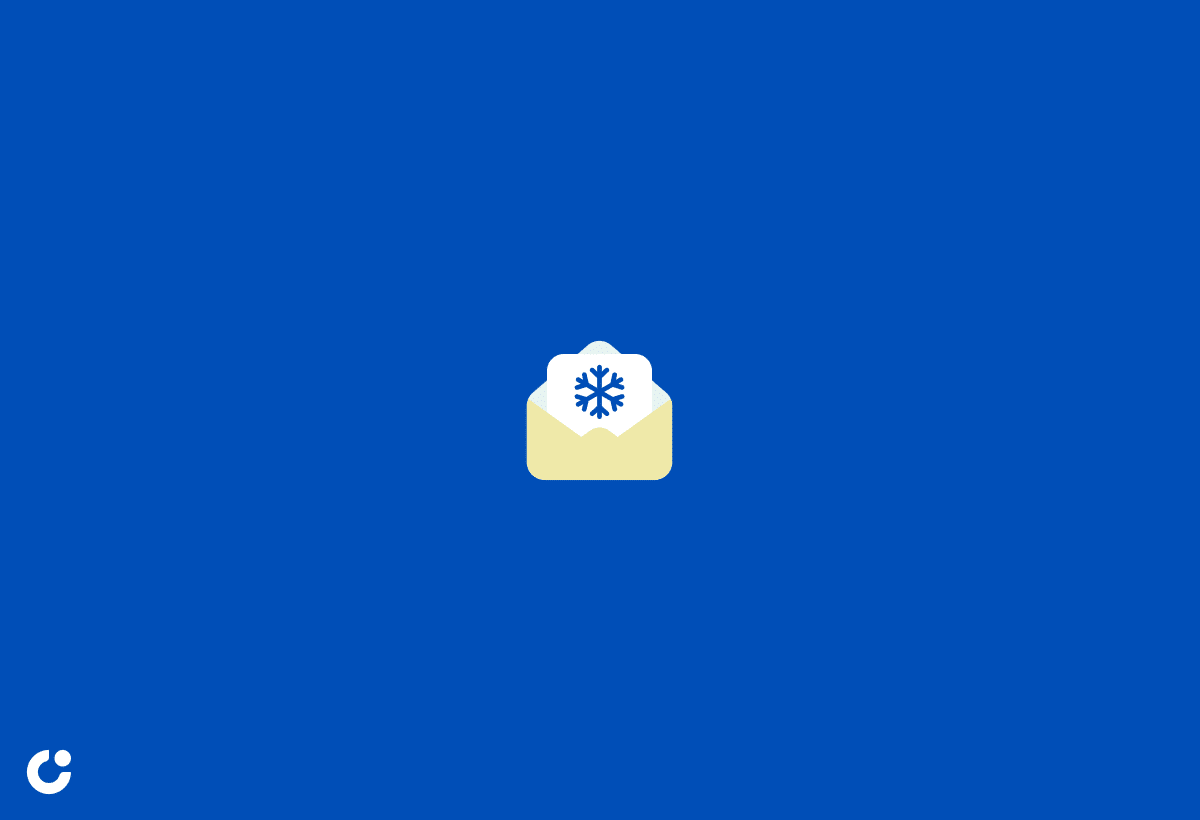
Following best practices for cold emailing with Gmail is essential for ensuring higher success rates. These best practices include monitoring sending volume, avoiding spam triggers, and scheduling emails at optimal times to increase the chances of recipient engagement.
The upcoming sections will detail each of these best practices, offering practical advice and insights to refine your cold email campaigns and yield improved outcomes.
Monitoring Sending Volume

Monitoring your sending volume in Gmail is crucial for maintaining email deliverability and avoiding issues related to exceeding Gmail’s sending limits. Personal Gmail accounts have a limit of 500 recipients per day, while business accounts have a limit of 2000.
Tools and extensions like Mailtrack or Gmail Meter can be used to keep track of your sending volume. Ensuring that you don’t surpass these limits will help you maintain a positive sender reputation and keep your cold emails from being marked as spam.
Avoiding Spam Triggers
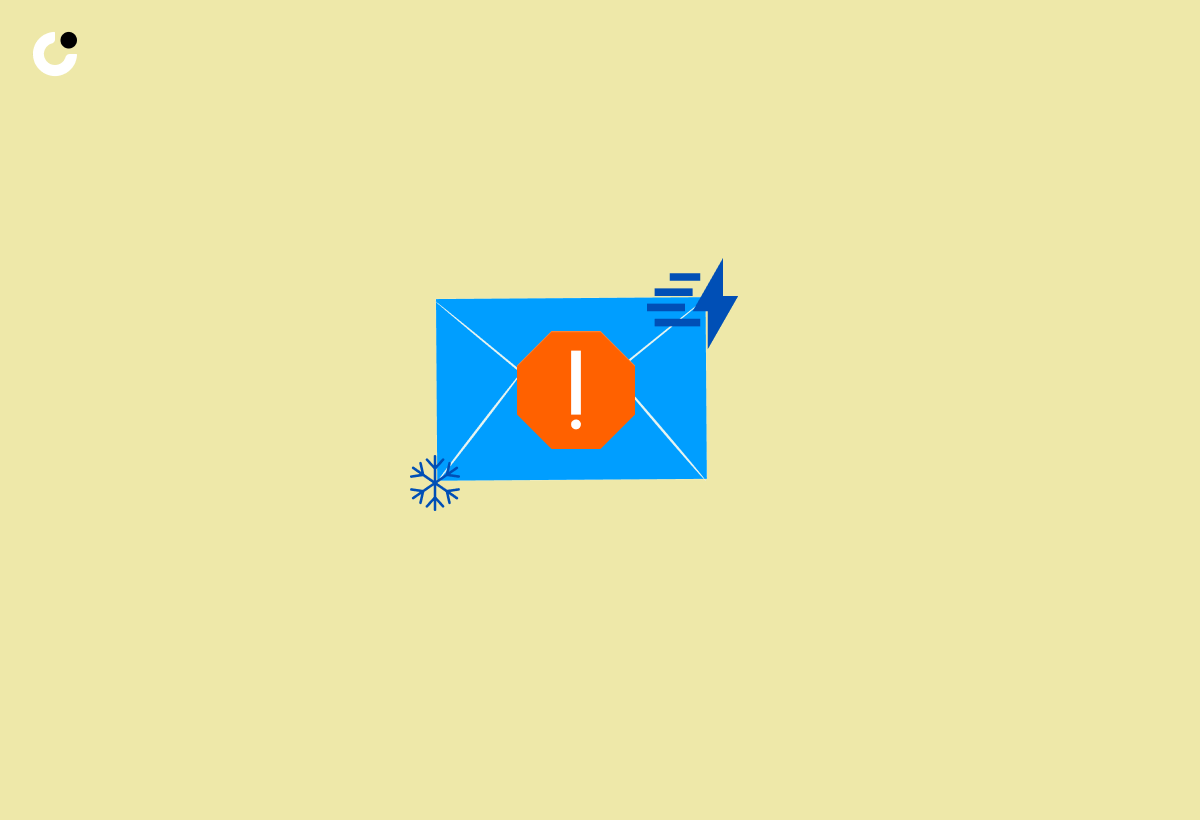
Avoiding spam triggers is essential for ensuring that your cold emails are not flagged as spam and end up in the spam folder. Certain words and phrases, such as “free,” “win,” and “sale,” may trigger spam filters, reducing your email deliverability.
To avoid spam triggers, craft engaging subject lines that don’t include such words and phrases. Be mindful of the content and tone of your emails, focusing on providing value and addressing the recipient’s pain points rather than making salesy pitches. In this regard, the subject line plays a crucial role in capturing the recipient’s attention and setting the right expectations.
Implementing these tips could enhance the probability of your cold emails reaching the cold email recipients’ inbox and eliciting a positive response.
Scheduling Emails

Scheduling emails ensures that they are sent at optimal times for recipient engagement. Studies have shown that cold emails sent between 8:00 am and 11:00 am in the recipient’s time zone, particularly on Wednesdays, have higher open and click-through rates.
Gmail allows you to schedule emails for later delivery, either natively or through third-party tools and extensions. Scheduling cold emails at optimal times enhances the chances of recipients opening and interacting with your messages, leading to an improved campaign success rate.
Analyzing Your Cold Email Campaign Performance
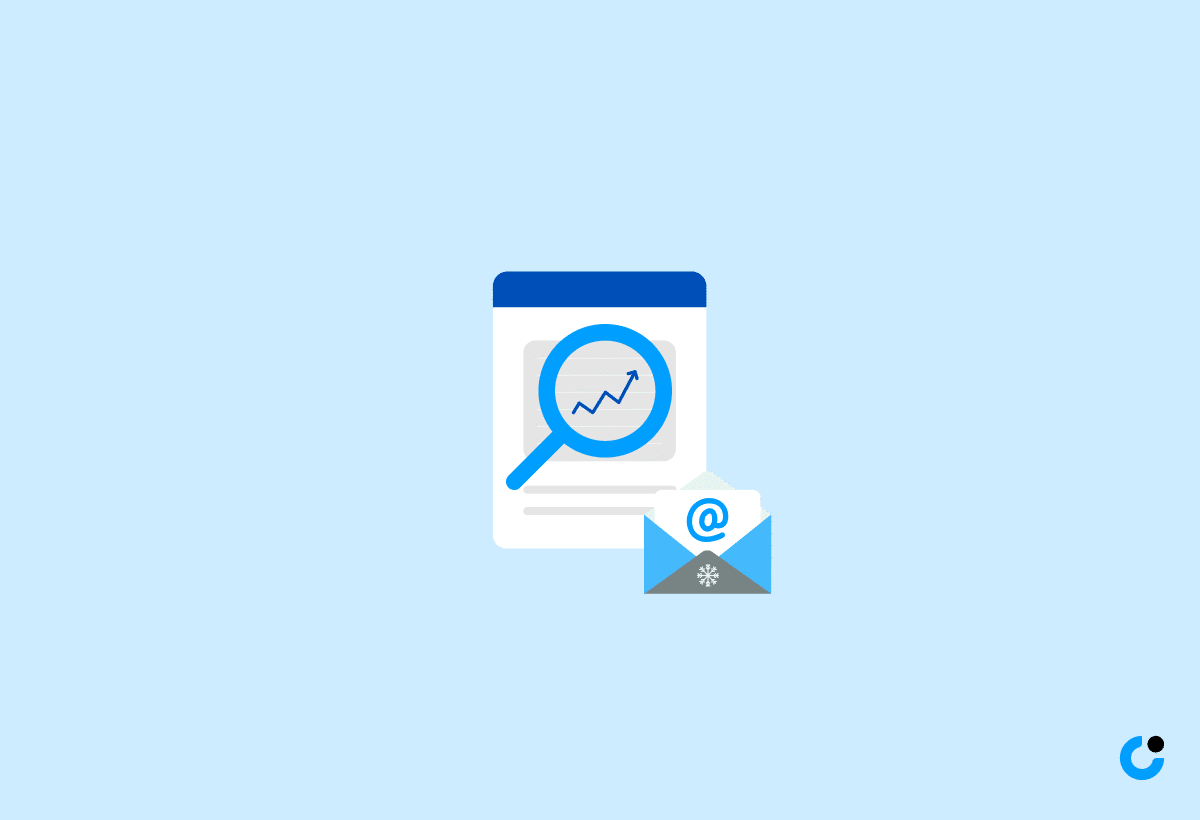
Analyzing your cold email campaign performance is vital for identifying areas of improvement and optimizing future campaigns. By examining metrics such as:
- Opens
- Clicks
- Replies
- Bounces
- Unsubscribes
You can gain valuable insights into the effectiveness of your cold emails and make data-driven decisions to enhance your strategy.
Upcoming sections will demonstrate how to utilize Gmail’s built-in analytics and third-party tools for tracking and analyzing your cold email campaign performance, leading to superior results and increased engagement rates.
Using Gmail's Built-In Analytics

Gmail’s built-in analytics provide valuable insights into email engagement, helping you understand how recipients interact with your emails. By monitoring metrics such as open rates and click-through rates, you can gauge the level of interest recipients have in your emails and make adjustments to improve your campaigns accordingly.
Although Gmail doesn’t offer native features for tracking email open rates, you can use Google Analytics or other third-party tools to analyze your cold email campaigns in greater detail. Utilizing these tools along with Gmail’s built-in analytics will deepen your understanding of your campaign performance and highlight areas for improvement.
Integrating Third-Party Tools
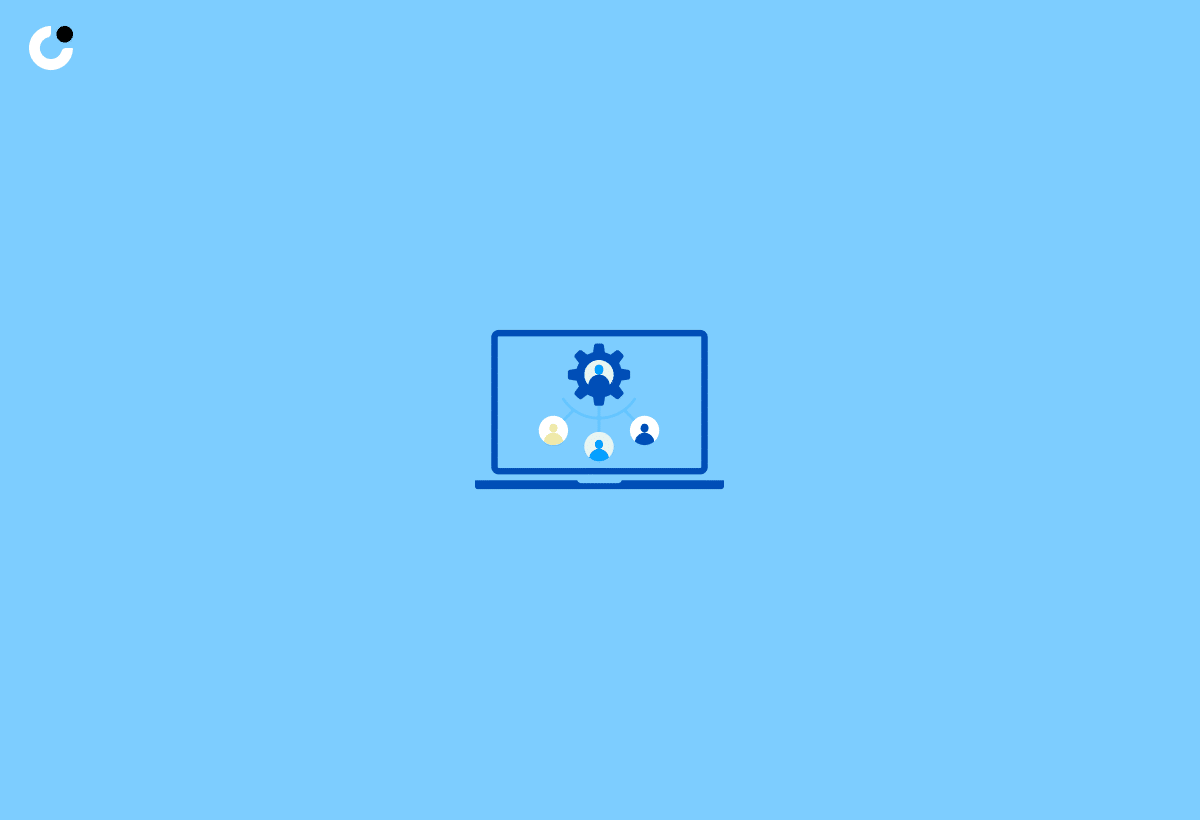
Third-party tools can offer additional data and analysis for optimizing your cold email campaigns in Gmail. Popular tools such as:
These tools provide features like email automation, tracking, and analytics that can help you maximize the effectiveness of your cold emails by using a well-crafted cold email template.
Integrating third-party tools with Gmail can be done through G Suite app integration or platforms like Zapier. Leveraging these integrations will provide a wealth of data and insights that could assist you in refining your cold email campaigns for superior results.
Overcoming Common Cold Email Challenges with Gmail

Despite the numerous advantages of using Gmail for cold email campaigns, there are still some common challenges that you may encounter, such as dealing with bounced emails and spam complaints. By addressing these challenges effectively, you can maintain high email deliverability rates and ensure the success of your cold emailing efforts.
In the subsequent sections, we will address how to manage bounced emails and respond to spam complaints in your Gmail cold email campaigns. By overcoming these challenges, you’ll be better equipped to achieve your cold emailing goals and enjoy higher engagement rates.
Handling Bounced Emails

Handling bounced emails is an important aspect of managing your cold email campaigns. Bounced emails occur when your messages cannot be delivered due to various reasons, such as invalid or inactive email addresses. High bounce rates can damage your sender reputation and even lead to account suspension.
To reduce your email bounce rate, it’s essential to clean up your contact list and verify email addresses before sending cold emails. This action will minimize the risk of bounced emails, uphold a positive sender reputation, and help guarantee the success of your cold email campaigns.
Dealing with Spam Complaints

Dealing with spam complaints is another challenge you may face in your Gmail cold emailing efforts. To address spam complaints effectively, it’s essential to include unsubscribe options in your emails and adhere to email marketing regulations, such as the CAN-SPAM Act.
By providing an opt-out option, such as an unsubscribe link, and promptly complying with unsubscribe requests, you’ll establish trust with recipients and minimize the risk of spam complaints. This approach will help you maintain a positive sender reputation and ensure the continued success of your cold email campaigns.
Advanced Tips for Gmail Cold Emailing Success

In addition to following best practices and utilizing Gmail’s features, there are some advanced strategies you can implement to maximize your cold emailing success. These advanced tips include segmenting your contact list, conducting A/B testing, and utilizing follow-up emails to increase engagement and conversions.
By incorporating these advanced tips into your Gmail cold emailing strategy, you’ll be well-equipped to achieve even greater success in your campaigns and generate more qualified leads for your business.
Case Study: Successful Gmail Cold Email Campaign

In this case study, we’ll explore a successful Gmail cold email campaign that leveraged Gmail’s features and best practices to achieve optimal results. By utilizing Gmail’s user-friendly interface, wide range of features, and personalized email sending, the campaign was able to:
- Drive engagement
- Increase replies
- Generate leads
- Close deals
- Maximize the open rate of cold emails
This campaign demonstrates the power of Gmail as a platform for cold email campaigns and the benefits of following best practices and utilizing Gmail’s features for optimal results. Applying the insights and strategies outlined in this post could also lead to similar success in your first cold email campaign using Gmail.
Summary
In this blog post, we have explored the unique advantages of Gmail for cold emailing and provided practical tips for setting up your Gmail account, personalizing emails, following best practices, and overcoming common challenges. We’ve also shared a case study that demonstrates the potential of Gmail cold email campaigns and the benefits of following best practices and utilizing Gmail’s features.
By implementing the strategies, tips, and insights shared in this blog post, you’ll be well on your way to achieving cold emailing success with Gmail. So why wait? Start optimizing your Gmail cold email campaigns today and unlock their full potential!
Frequently Asked Questions
Is cold emailing illegal?
Cold emailing is not illegal in the US; however, it must follow CAN-SPAM provisions such as accurate information, your physical address, and an unsubscribe link within the cold email.
How many cold emails can I send from Gmail?
Gmail allows you to send up to 500 emails per day to a maximum of 500 different recipients. As long as you maintain a good reputation, Gmail should deliver your message to the recipient's primary inbox.
How do I cold email without getting banned?
To successfully cold email without getting blocked, use a reputable email service provider, authenticate your emails, warm up your email account, create a targeted prospect list, verify addresses before sending, personalize the emails, avoid using spam-triggering words, and limit the number of links in the emails.
Is cold emailing worth it?
Cold emailing can be a cost-effective way to reach out to potential customers, as long as the message is well-crafted and tailored to the intended recipient. However, it's important to consider whether or not your emails are likely to be opened before committing to a cold emailing campaign.
What are some benefits of using Gmail for cold email campaigns?
Gmail's user-friendly interface, high deliverability rates, and integration with other Google services make it an ideal choice for cold email campaigns.

